Annual Candytuft, also known as Globe Candytuft, is a charming annual plant admired for its vibrant tufts of pinkish-purple flowers. Scientifically named Iberis umbellata, it belongs to the Brassicaceae family and originates from Europe and the Mediterranean region.
This ornamental plant thrives during the summer, adding bursts of color to gardens and borders. Its flowers not only enhance visual appeal but also attract butterflies, making it a wonderful addition to butterfly gardens or pollinator-friendly landscapes. With its compact growth and abundant blooms, Globe Candytuft is a popular choice for gardeners seeking an easy-to-grow plant that creates a striking floral display.
| Common name | Annual Candytuft, Globe Candytuft |
| Botanical name | Iberis umbellata |
| Family | Brassicaceae |
| Species | umbellata |
| Origin | Europe, Mediterranean |
| Life cycle | Annual |
| Plant type | Annual |
| Sunlight | Full Sun |
| Soil condition | Clay |
| Soil ph | Acid |
| Drainage | Well-Drained |
| Growth rate | Fast |
| Spacing | Less than 12 in. |
| Flowering period | Spring |
| Height | 9 in. – 1 ft. |
| Flower color | Pink |
| Leaf color | Blue |
| Flower benefit | Showy |
| Garden style | Butterfly Garden |
| Uses | Container |
I. Appearance and Characteristics
Iberis umbellata, common name garden candytuft or globe candytuft, is a herbaceous annual flowering plant of the genus Iberis and the family Brassicaceae. This species is native to the Mediterranean region. It is present in most of Europe, especially along the coasts, from Spain to Greece and in northern America.
The genus name derives from “Iberia”, the ancient name of Spain, while the species epithet comes from the Latin “umbel”, meaning “umbrella” and refers to the shape of the inflorescence.
The biological form of Iberis umbellata is hemicryptophyte scapose, as its overwintering buds are situated just below the soil surface and the floral axis is more or less erect with a few leaves.
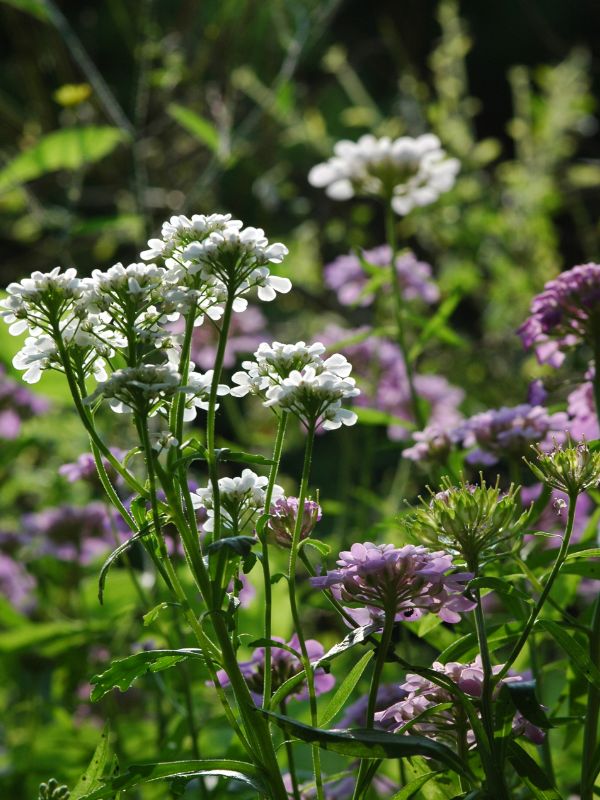
The stem is twisted at the base while the flowering branches are erect and leafy. This plant reaches a height of 30–50 centimeters (12–20 in). The leaves are green and linear-lanceolate, 15–25 millimeters (0.59–0.98 in) long. The flowers are in umbel-shaped combs. The calyx is violet and the corolla is composed of four white, pink or purple petals. The petals are rounded at the apex, with the peripheral ones forming a large vexillum 8–10 millimeters (0.31–0.39 in) long. The flowering period extends from May through June. The flowers are hermaphroditic and pollinated by bees and butterflies. The fruit is a silique 7–10 millimeters (0.28–0.39 in) long.
It grows in dry rocky hillsides, in bushy areas and in clearings, preferably on calcareous soils, at an altitude of 0–1,300 meters (0–4,265 ft) above sea level.
II. How to Grow and Care
Sunlight
Globe candytuft requires full sun for blooming to begin. At least 6 hours of direct sunlight each day will ensure that the plants grow healthily with morning sun being best suited. It’s better to have afternoon shade in hot summer. Some varieties can tolerate light shade but will not grow well in full shade. In very sunny settings, flowers will grow densely as to cover foliage entirely.
Temperature
Globe candytuft can withstand mean annual minimum temperatures of -24 ℃. However, for germination in spring, temperatures need to remain above freezing. The optimal germination temperature range is 16 to 27 ℃. Preferring cool weather, it usually blooms in early spring and lasts till frost. In cold or harsh climates, mulching should be applied around plants at the end of the fall. Additionally, it’s hardy and likes moist to slightly dry soils. Some will grow in clay soils but may be susceptible to root diseases in such conditions.
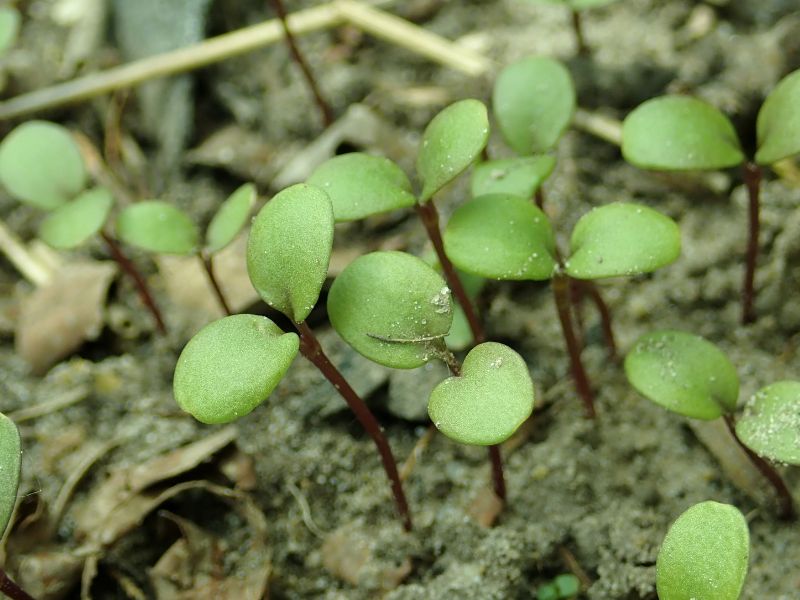
Watering
Originating from the Mediterranean, globe candytuft thrives in environments that mimic its native dry and sunny conditions. This species exhibits a preference for drier soil between waterings, indicating moderate drought tolerance. Consistent with its habitat’s climate, globe candytuft benefits from watering every week to maintain optimal moisture levels without becoming waterlogged.
As an outdoor plant often found in rock gardens or as border edging, globe candytuft is well-adapted to withstand full sun exposure which influences its irrigation needs; during peak growing season, it requires careful monitoring to ensure soil hydration supports its vibrant flowering display.
Soil
Globe candytuft prefers a soil that is slightly acidic to neutral (pH of 6-7) and with good drainage. The type of soil is not an important factor. It will grow in a range of soil types as well as soil qualities from poor through to average and fertile soil. Well-drained soil is preferred while soggy soil is fatal. Poor quality or poor-draining soils should have organic matter mixed in during planting or transplanting to aid in drainage.
Fertilizing
To bolster globe candytuft’s growth and flowering, apply high phosphorus fertilizer in early spring at the onset of the growing season. Fertilize monthly for optimal results. Roughly 1 tablespoon per square foot is adequate, avoiding over-fertilization which can harm globe candytuft. Benefits include vivid blooms, robust root development, and enhanced vigor. Tailor applications to decrease as fall approaches, coinciding with the plant’s reduced growth activity. For safe application, water globe candytuft before and after fertilizing to prevent root burn and incorporate into the soil gently.
Pruning
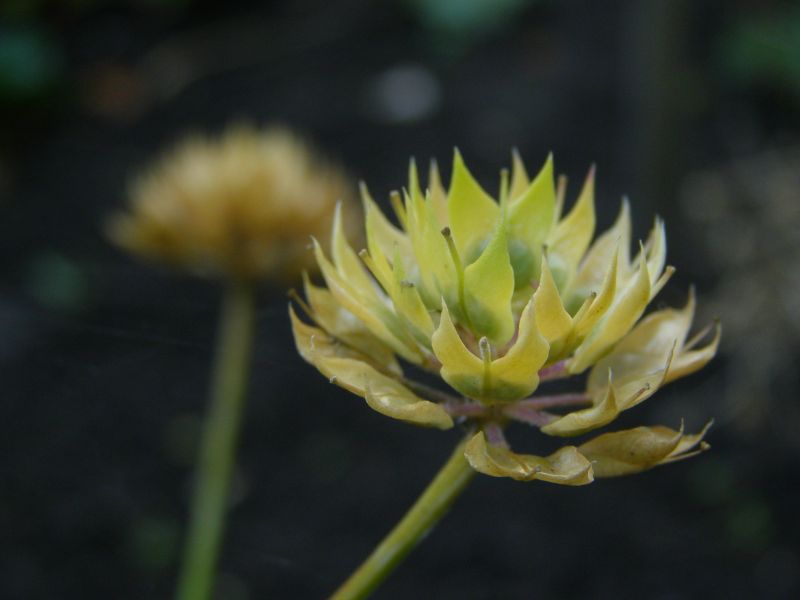
Once globe candytuft has flowered, a light trimming will help to generate more flowers during the growing season. This post-bloom shearing should involve cutting back about 1/3 of the plant. As the season progresses, wilted or damaged flowers should be removed regularly to promote new growth and fresh flowers (deadheading). However pruning later in the year such as the fall or early spring should be avoided. Care should be taken when pruning or shearing globe candytuft as the sap of it can cause skin irritation or a rash toward some skin types.
Each year, check if they are dying, which should be removed and replaced with new plants. Areas of globe candytuft which spread should be cut back every other year to ensure that it does not become too tall and thin. When pruning, deadheading or removing old plants, weeds should also be removed through mulching or shallow cultivation.
Propagation
While it’s possible to collect the candytuft seeds from the flowering plants.
Most people buy packets of seeds and sow several times during the year.
- After flowering, candytufts produce seeds with winged edges.
- Cover the seed heads in small plastic bags secured with rubber bands.
- Allow the candytuft flower seed head to dry on the plant.
- After the heads dry and darken, remove them and collect the seeds.
- Spread the seeds on a paper towel and remove any debris before storing in an envelope.
- Sow the seeds the following spring.
Transplanting
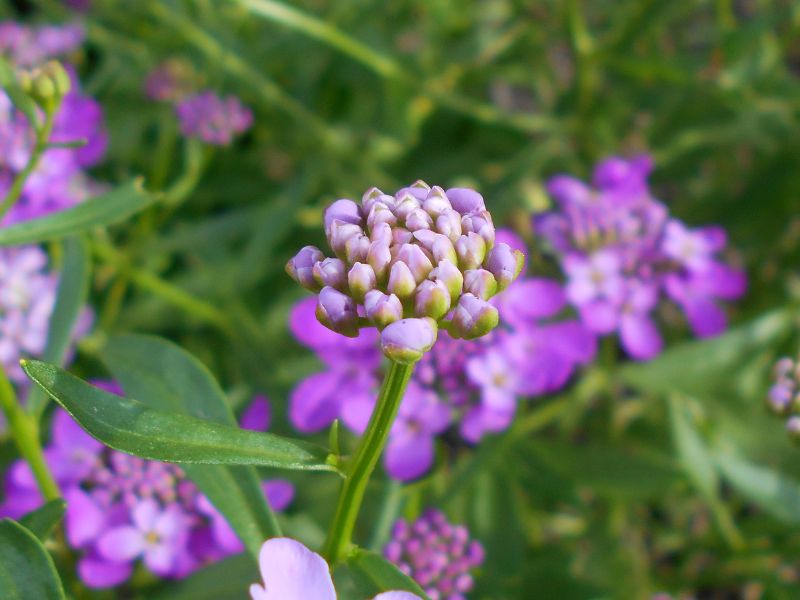
For the best results, transplant globe candytuft during the pleasant period of mid-spring to early summer. Choose a sunny location with well-draining soil for optimal growth. When transplanting, handle the delicate roots with care and avoid overcrowding.
Pests and Diseases
Snails and garden slugs tend to enjoy the seedlings when sown outdoors.
Use snail bait or try using diatomaceous earth to protect the seedlings and inspect the plants regularly or remove the pests by hand.
If the plants fail to produce full blooms, they likely need more sunlight.
Move potted plants to a brighter spot.
If it’s still early in the season, candytufts grown in gardens may survive transplanting.
Candytufts are not generally invasive, but the USDA has reported it as invasive at one time in San Diego County, California.
III. Uses and Benefits
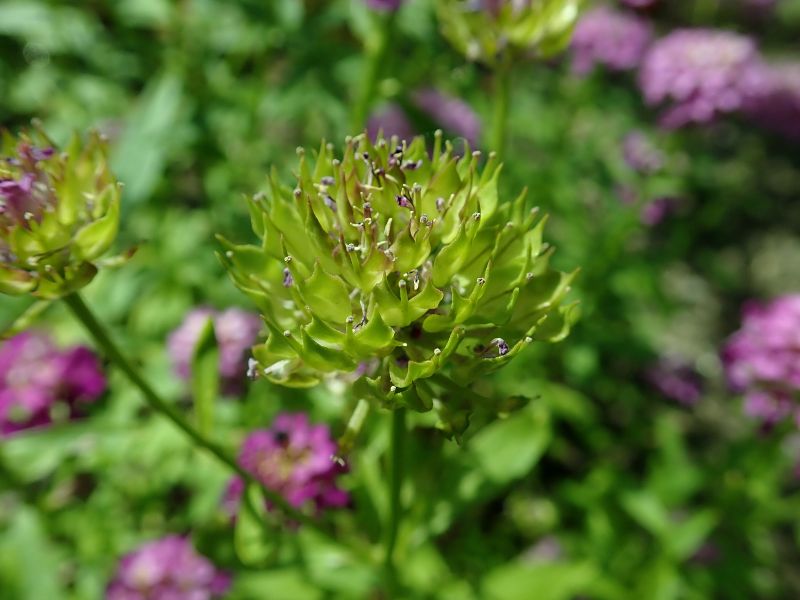
A small, rounded bush covered yearly in fluffy pink flowers, the globe candytuft is usually selected by gardeners for the beauty of its blooms. It is also fairly hardy, and able to grow in a variety of soil conditions, including soils with low nutrients. It is most commonly used in flower beds, as garden edging, or in borders.
Find Where to Buy the Best Globe Candytuft (Iberis umbellata)

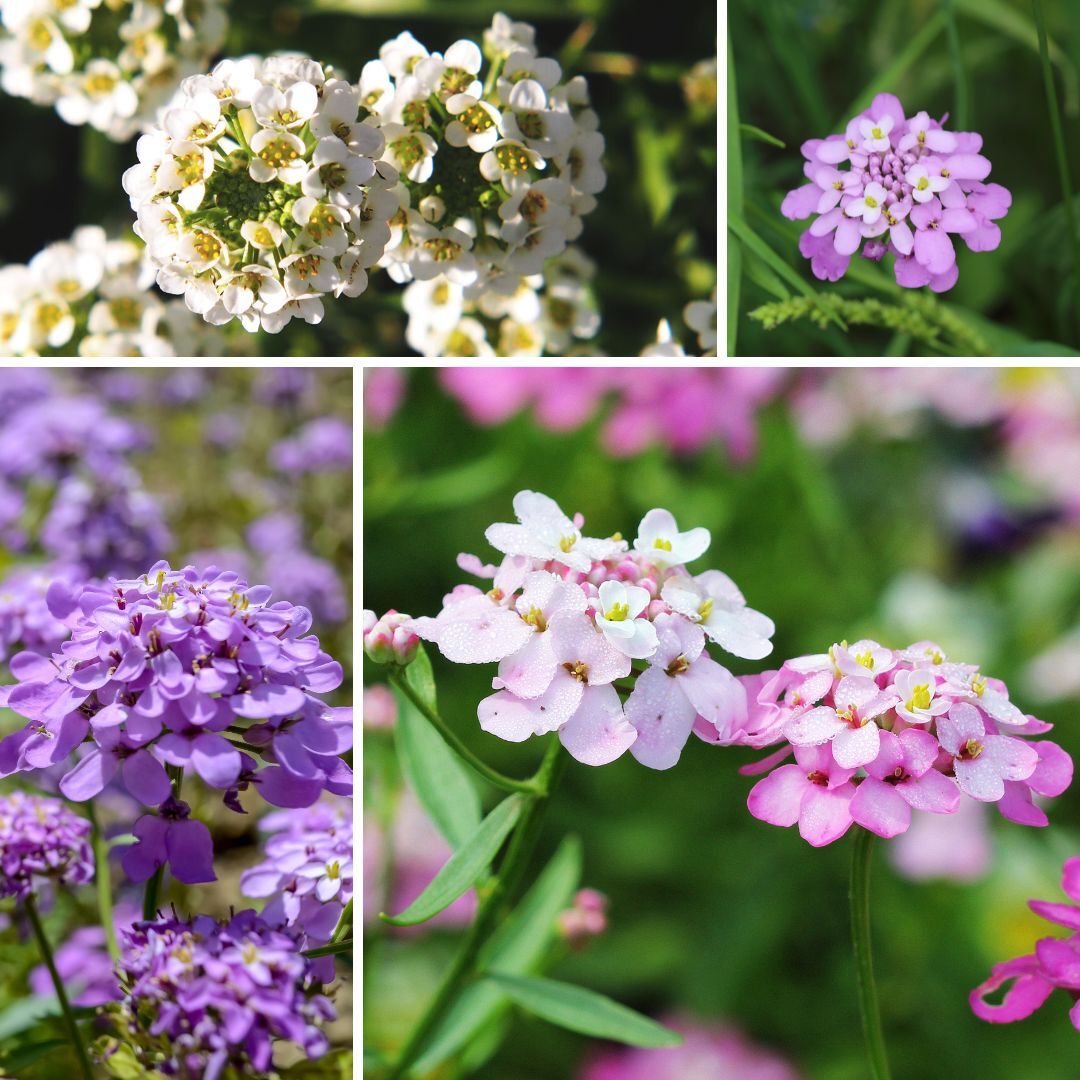

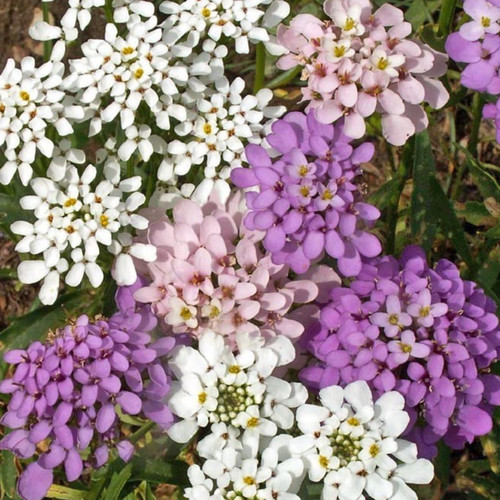



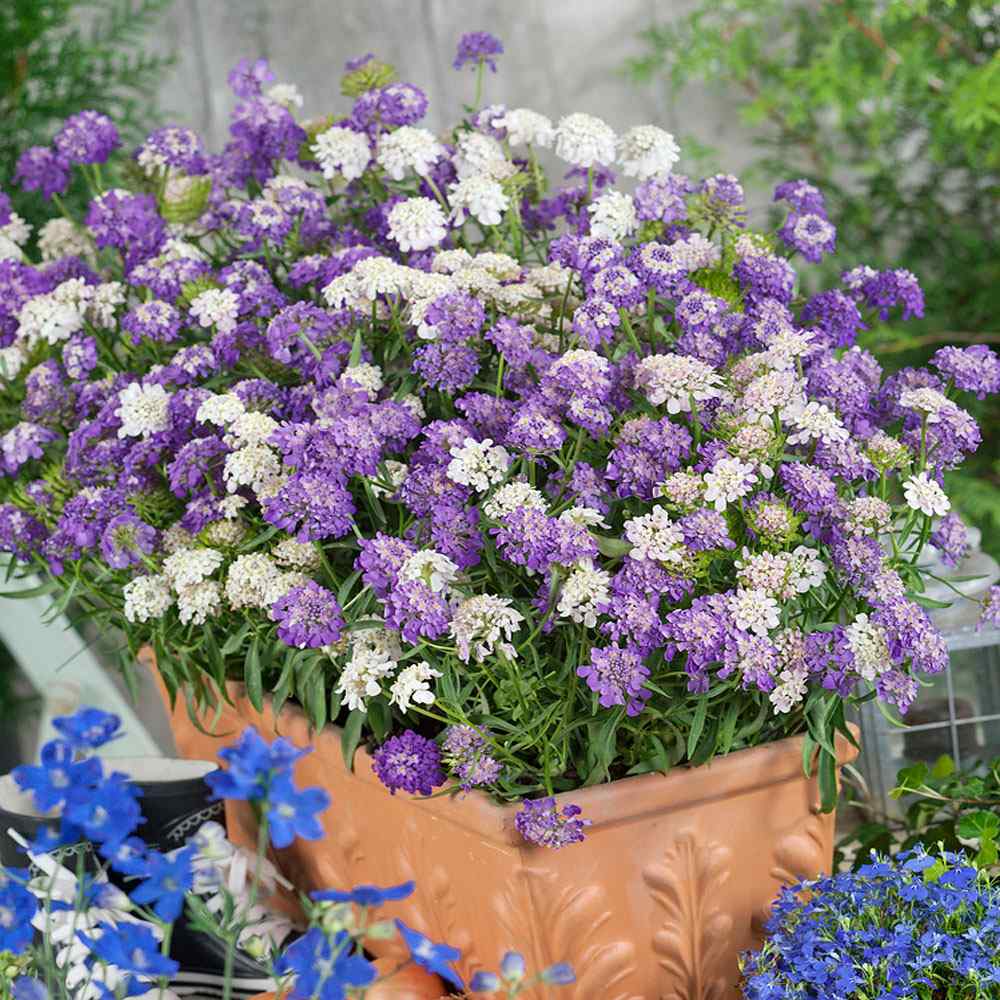








Leave a Reply